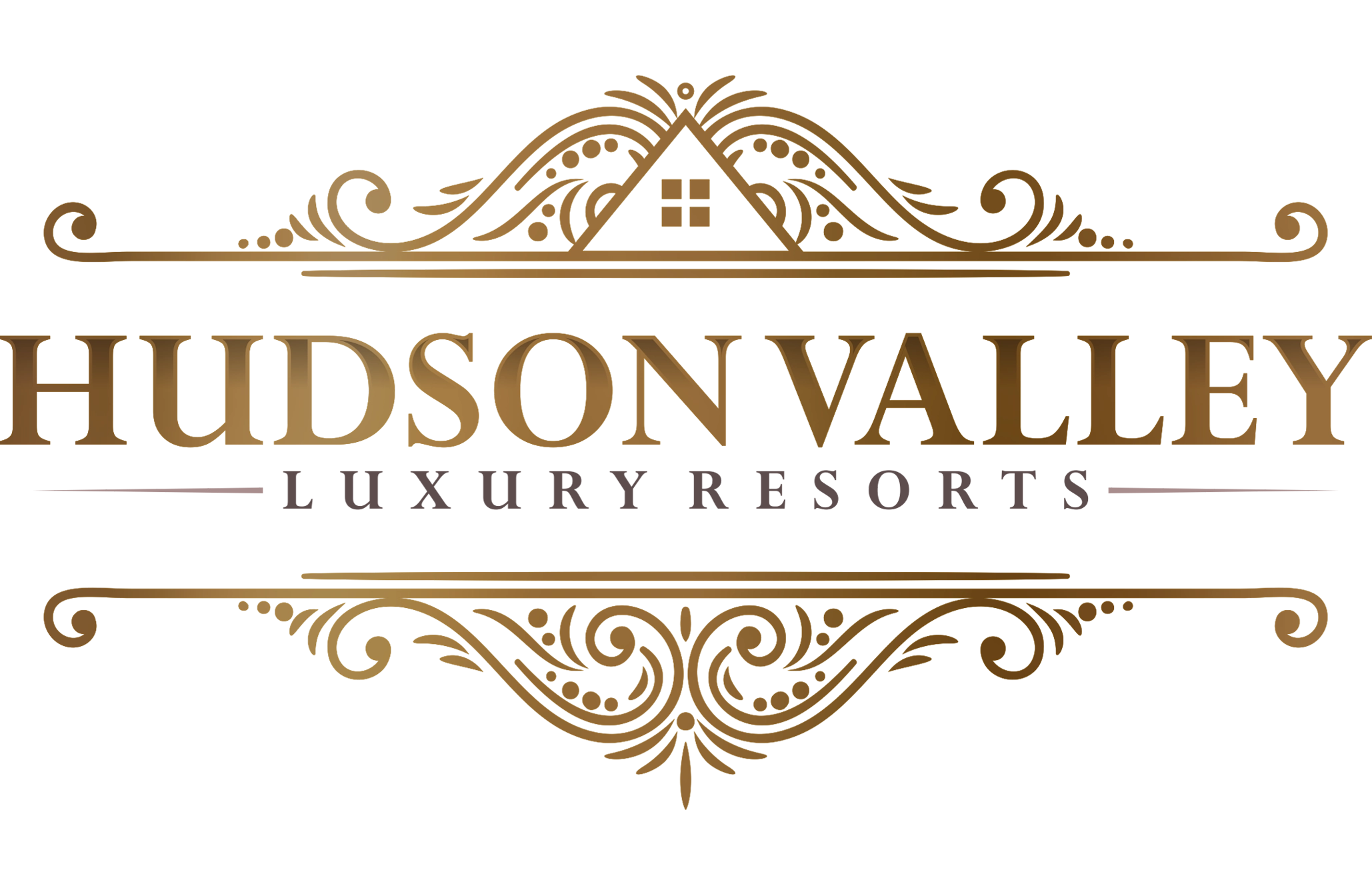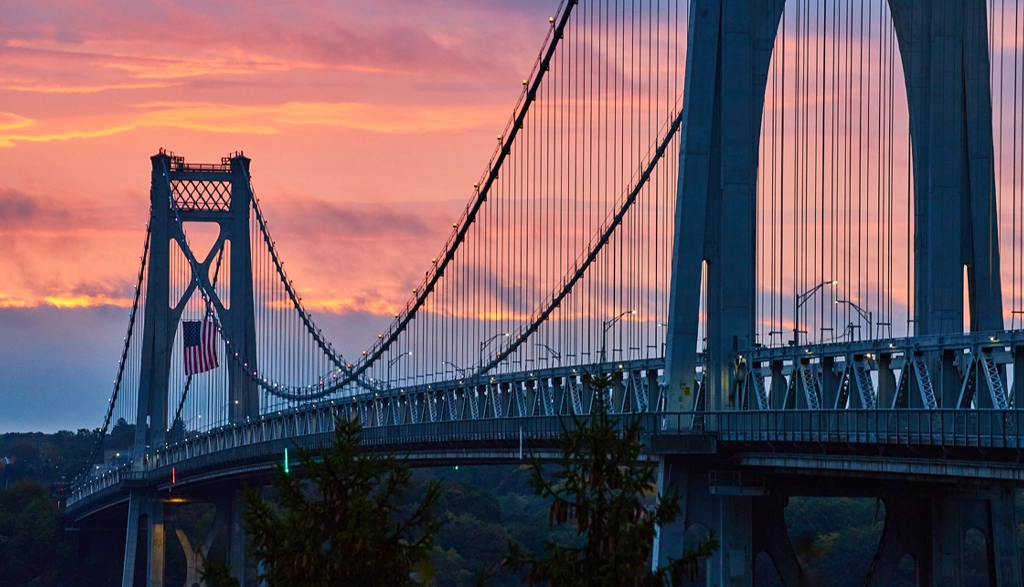Four Days of Elevated Elegance: A Curated Hudson Valley Escape
An Insider’s Journey Through the Hudson Valley’s Most Exclusive Experiences
There’s a particular quality of light that filters through the Hudson Valley in late September—golden and honeyed, casting the rolling hills in an almost ethereal glow. I’ve returned to this storied region countless times, yet each visit reveals new layers of sophistication that the guidebooks somehow miss. This isn’t the Hudson Valley of crowded apple orchards and tourist-laden leaf-peeping routes. This is the valley known to those who understand that true luxury lies not in ostentation, but in the carefully curated, the thoughtfully sourced, and the genuinely extraordinary.
Over four meticulously planned days, I discovered—or rather, rediscovered—why this corridor of the Hudson River has become the discreet escape for Manhattan’s cultural elite, Silicon Valley’s newly minted fortunes, and European travelers seeking authentic American refinement. From private studio visits with internationally acclaimed artists to tables at restaurants where reservations are whispered about rather than publicly shared, this Hudson Valley luxury travel experience transcends the typical upstate New York luxury vacation. What follows is not merely an itinerary, but an invitation into a world where every meal is an event, every vista a revelation, and every moment carefully orchestrated for those who appreciate life’s finer details.
Day 1: Antiquarian Treasures, Artisanal Mastery, and Culinary Alchemy
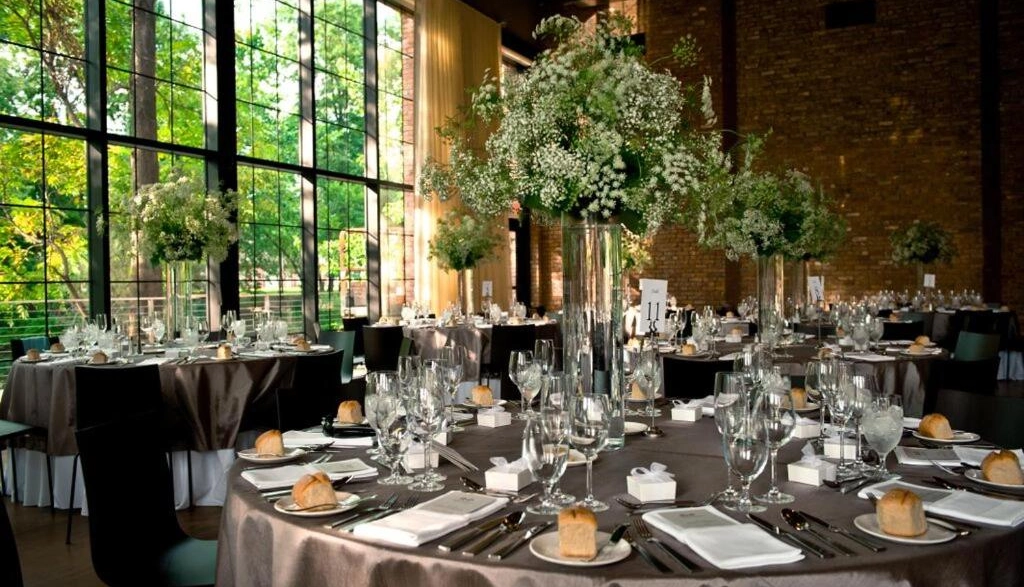
Morning: The Art of Discovery
I began my Hudson Valley weekend getaway in the historic village of Cold Spring, where the antique shops along Main Street harbor treasures that would make Christie’s specialists pause. But I wasn’t there for the shops everyone knows. A collector friend had arranged a private viewing at James Bradley Antiques, where proprietor Jim himself unlocked a back room revealing an 18th-century Federal mahogany secretary that once graced a Hudson River estate. This is the Hudson Valley I’ve come to cherish—where a simple inquiry becomes a two-hour conversation about provenance, craftsmanship, and the families who once summered in these hills.
By mid-morning, I made my way to Magazzino Italian Art, the stunning contemporary art museum in Philipstown. While the galleries are open to the public, I’d arranged something few visitors experience: a private curatorial tour with the museum’s director, focusing on the Arte Povera movement. Walking through Magazzino’s soaring spaces with an expert who’s spent decades studying these works transforms viewing into genuine understanding.
Afternoon: Farm-to-Table Elevated to Art Form
Lunch was at The Roundhouse in Beacon, but not just any reservation. I’d requested a table in their glass-enclosed extension overlooking the falls—a spot where the constant rush of water becomes the soundtrack to one of the region’s most inspired menus. Chef Anthony Falco (formerly of Roberta’s in Brooklyn) has created something remarkable here: a menu that reads like a love letter to Hudson Valley farms, yet executes with the precision of fine French technique. The house-made agnolotti filled with Ronnybrook Farms ricotta and topped with black trumpet mushrooms from a Millbrook forager is the kind of dish that makes you understand why New York City chefs are moving north.
The afternoon called for a different kind of indulgence: a private cheese and cider tasting at Hemlock Hill Farm in Cortlandt Manor. Owner Emily Fahey doesn’t offer these sessions publicly—it required an introduction through a mutual connection and advanced booking. For two hours, we sat in her rustic tasting room, sampling aged artisanal cheeses paired with small-batch ciders, while Emily shared stories about regenerative agriculture and why the Hudson Valley’s terroir creates such distinctive flavors. This is the money-can’t-buy experience that defines luxury travel: not the most expensive, but the most genuine.
Evening: Where Locavore Meets Legacy
Dinner at Blue Hill at Stone Barns in Pocantico Hills had been on my calendar for months. This isn’t just one of the best restaurants Hudson Valley offers—it’s one of the best in America. Chef Dan Barber’s farm-to-table philosophy reaches its apotheosis here, where the menu changes daily based on what’s harvested that afternoon. I opted for the “Farmer’s Feast,” a multi-course tasting menu that might include newly dug sunchokes, just-caught trout from the property’s aquaponics system, or a simple radish elevated to revelation status through Barber’s culinary alchemy.
What makes this evening truly unforgettable isn’t just the food—it’s the setting. Stone Barns occupies a 1930s Rockefeller estate, and as dusk settled over the farm, I watched through floor-to-ceiling windows as the last light gilded the fields where much of my dinner had been grown. This is luxury as it should be: deeply rooted, profoundly conscious, and utterly transporting.
The Unforgettable Moment: After dinner, the sommelier offered a private tour of Stone Barns’ greenhouse and farm facilities by twilight—an enchanting walk through beds of heirloom vegetables and heritage breed chickens settling in for the night, under a canopy of stars rarely visible this close to New York City.
Day 2: River Estates, Underground Cellars, and Gilded Age Grandeur
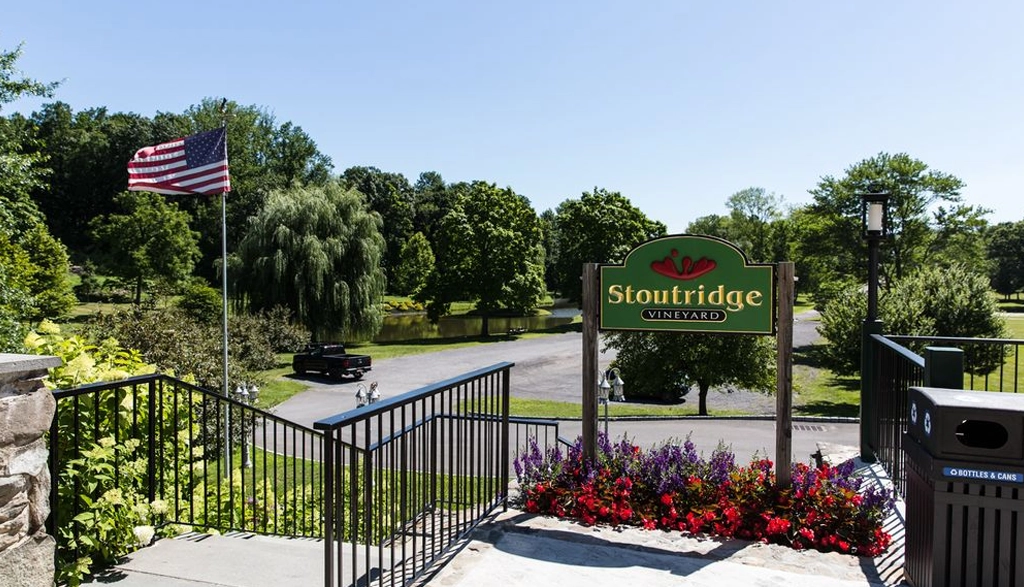
Morning: Architectural Poetry
The second day of my 4-day Hudson Valley itinerary was devoted to the region’s Gilded Age legacy. I started at Kykuit, the Rockefeller estate in Sleepy Hollow, but again, not on a standard tour. Through connections at the National Trust for Historic Preservation, I’d arranged a private tour that included rarely seen spaces: Nelson Rockefeller’s underground gallery displaying works by Picasso, Warhol, and Calder. Standing in that subterranean space, surrounded by museum-quality modern art while overhead lay formal gardens designed by the Olmsted brothers, illustrated perfectly how the Hudson Valley has always been where American wealth meets cultural aspiration.
Afternoon: The Vintner’s Secret
The Hudson Valley’s wine region deserves more recognition than it receives. While not Napa, the wineries here are producing increasingly sophisticated bottles—especially when climate change is making the region more hospitable to varieties that once struggled this far north.
Lunch was at Le Canard Enchaine in Kingston, where Chef Jean-Jacques Carquillat has been serving impeccable French cuisine for over two decades. The New York Times famously wrote, “Lift a fork and imagine you’re in France”—and they weren’t exaggerating. The intimate dining room, with its white tablecloths and Parisian bistro ambiance, provides the perfect setting for Chef Carquillat’s classical preparations. I ordered the house specialty: duck confit so tender it fell from the bone, paired with their legendary French onion soup—voted best in the Hudson Valley year after year. The wine list showcases excellent French vintages alongside thoughtful Hudson Valley selections, and the service strikes that rare balance between professional polish and genuine warmth. This is the kind of restaurant that reminds you why French culinary technique remains the gold standard.
The afternoon’s highlight came at Stoutridge Vineyard in Marlboro, where I’d booked a private blending session. Rather than the standard tasting, I spent two hours with winemaker Kimberley Wagner, learning to blend my own Bordeaux-style red wine. We moved between stainless steel tanks, sampling different vintages and varietals, discussing terroir and oak aging, before I created my own blend to be bottled and shipped to my home. This kind of hands-on, educational luxury—where you leave with both new knowledge and a tangible creation—represents the future of things to do in Hudson Valley.
Evening: Victorian Romance
Dinner was at The Amsterdam in Rhinebeck, a relative newcomer that’s quickly become the area’s most sought-after table. Chef Zak Pelaccio (of Fatty Crab fame) has created an intimate 30-seat restaurant that feels like dining in a beautifully appointed private home. The seven-course tasting menu showcased the finest regional ingredients with Southeast Asian influences—think Hudson Valley duck with tamarind and crispy rice, or local striped bass with lemongrass and preserved citrus. Each course was wine-paired with bottles from small-production European and American wineries that you won’t find on most lists.
After dinner, I strolled through Rhinebeck’s village center, where well-preserved Victorian storefronts now house sophisticated boutiques like Wonderment Goods and Alexander + Thompson, offering everything from artisan home goods to vintage textiles curated with impeccable taste.
The Unforgettable Moment: Between vineyard and restaurant, I arranged a private sunset sail on the Hudson River from Kingston’s waterfront. For ninety minutes, a small sloop carried just me and the captain upriver, past historic lighthouses and the dramatic Shawangunk Ridge, while the setting sun turned the river to liquid gold. This was the Hudson Valley at its most romantic and timeless.
Day 3: Mountain Air, Artistic Vision, and Pastoral Perfection
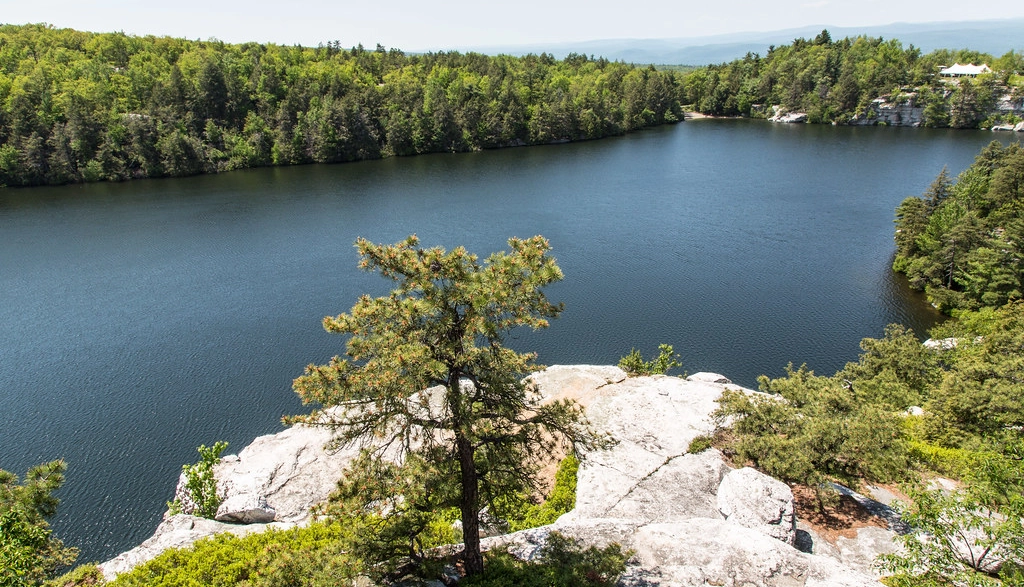
Morning: Elevated Perspectives
Day three took me westward to the Shawangunk Mountains, where the town of New Paltz serves as gateway to some of the region’s most dramatic landscapes. But rather than joining the crowds at Mohonk Mountain House’s public areas, I’d booked a private hiking guide through High Exposure Adventures who led me on trails few tourists discover—including a sunrise hike to Bonticou Crag that offered panoramic views of the valley awakening below.
By late morning, I was at Minnewaska State Park Preserve, where miles of carriage roads wind past glacial lakes and dramatic cliffs. This being autumn, the hardwood forests blazed with color—crimson, amber, and gold stretching to the horizon. I had the trails largely to myself, the only sounds being my footsteps and the occasional call of a hawk overhead.
Afternoon: The Artist’s Eye
Lunch was at The Would in Highland, an unexpectedly sophisticated restaurant in a converted 19th-century hotel. Chef Melia Marden’s menu celebrates Hudson Valley ingredients with French technique, and the wine list focuses on natural and biodynamic bottles from small producers. The roasted beet salad with goat cheese from Coach Farm and the duck breast with cherry gastrique both exemplified the region’s farm-to-table excellence without any of the pretension that sometimes accompanies it.
The afternoon was devoted to art—specifically, a private studio visit with a prominent Hudson Valley painter whose work hangs in major museums but who guards her privacy fiercely. (I’m respecting that privacy by not naming her, but those in the know will understand.) For three hours, I sat in her converted barn studio in Tivoli, surrounded by large-scale abstract canvases, as she discussed her process, her influences, and why she chose the Hudson Valley over Brooklyn a decade ago. These intimate encounters with working artists represent the valley’s true cultural wealth—a density of creative talent drawn by the landscape and the light.
Evening: Rustic Refinement
Dinner brought me to Peekamoose Restaurant in Big Indian, deep in the Catskills. This is as close to a destination restaurant as the region has—diners drive from hours away for chef Marla Ortega’s extraordinary cooking. The five-course prix fixe menu changes nightly, but expect dishes like house-made pappardelle with wild boar ragu, or line-caught trout with preserved lemon and herbs from their garden. The setting—a cozy dining room in a 1920s roadhouse—enhances the feeling that you’ve discovered something special and rare.
The Unforgettable Moment: After dinner, as I drove back through the Catskills under a canopy of stars more brilliant than any I’d seen in years, I pulled over at an unmarked overlook. Below me, the lights of small towns twinkled in the valleys, while above, the Milky Way stretched across the sky. In that moment of profound stillness, I understood why this region has always attracted poets, painters, and dreamers.
Day 4: Historic Estates, Riverside Elegance, and Twilight Reflections
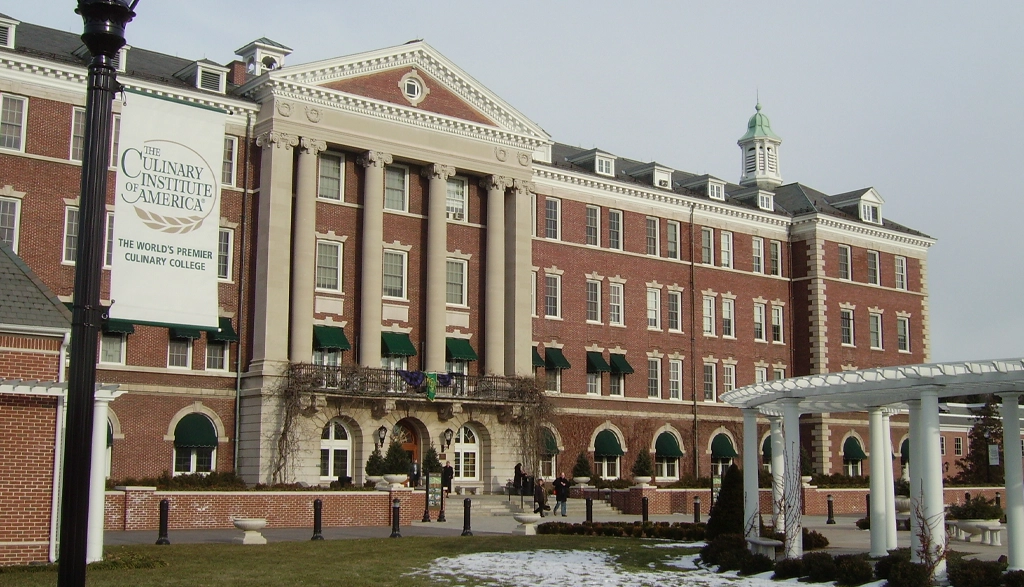
Morning: Vanderbilt Vision
My final day began at Vanderbilt Mansion National Historic Site in Hyde Park, but once again, I’d arranged something beyond the standard tour. Through the Roosevelt-Vanderbilt National Historic Sites office, I’d secured access to the mansion during a rare conservation session, where I watched textile conservators work on 100-year-old silk draperies while a curator explained the Vanderbilts’ approach to collecting European decorative arts. This behind-the-scenes access to preservation work reminded me that luxury isn’t just about consumption—it’s about stewardship and appreciation of craft.
A short drive away, the Culinary Institute of America offers several public restaurants where students train under master chefs. I chose The Bocuse Restaurant, named for legendary French chef Paul Bocuse, for a late breakfast that showcased classical French technique applied to Hudson Valley ingredients. The precision and care evident in every dish—from a perfectly executed eggs Benedict to delicate pastries—reinforced why the CIA has become such an important part of the region’s culinary identity.
Afternoon: Presidential Legacy and Garden Majesty
No visit to the Hudson Valley is complete without understanding its role in American history. I toured FDR’s Springwood Estate and Eleanor Roosevelt’s Val-Kill Cottage, both offering fascinating glimpses into how the region shaped two of America’s most influential figures. The beauty of these sites isn’t just their historical significance—it’s understanding how the landscape itself informed their worldviews and politics.
For my final afternoon activity, I visited Innisfree Garden in Millbrook, a stunning “cup garden” inspired by Chinese landscape painting. Walking its carefully composed vistas—each turn revealing a new perspective on water, stone, and plant—provided the perfect reflective counterpoint to my days of culinary and cultural immersion. At 185 acres, Innisfree remains one of the region’s best-kept secrets, a place of profound tranquility rarely crowded even on weekends.
Evening: The Perfect Conclusion
My final dinner was at Terrapin in Rhinebeck, occupying a beautifully renovated 1880s church. Chef-owner Josh Kroner’s menu combines American comfort food with sophisticated technique—think duck confit with butternut squash risotto, or pan-seared scallops with cauliflower purée and bacon marmalade. But what made this meal memorable was the setting: dining in a space where architectural grandeur meets contemporary elegance, where the past and present exist in perfect harmony. It felt like a fitting metaphor for the Hudson Valley itself.
The Unforgettable Moment: As twilight deepened, I drove to Poets’ Walk Park in Red Hook for one last view of the Hudson River. From the rustic pavilion, I watched the last light fade from the Catskills across the river while a great blue heron fished in the shallows below. In that moment, I understood why Washington Irving, Thomas Cole, and generations of artists found inspiration here. The Hudson Valley doesn’t just offer luxury—it offers perspective, beauty, and a profound sense of place.
Where to Rest Between Adventures
Throughout these four extraordinary days, my home base was one of the Hudson Valley Luxury Resorts’ exclusive properties—a meticulously restored estate that epitomizes the region’s blend of historic elegance and contemporary comfort. Each evening, returning to private grounds felt less like checking into accommodation and more like retreating to a sanctuary. The thoughtfully appointed interiors, from heritage linens to artisan-crafted furnishings, complemented my days of cultural exploration perfectly.
What distinguished the experience was the level of personalized service—from arranging those hard-to-secure reservations to suggesting lesser-known galleries based on my interests. The luxury resorts Hudson Valley offers aren’t just about thread count and amenities; they’re about creating a seamless experience where every detail is anticipated, every comfort provided, and every moment designed to let you simply be present in this remarkable landscape.
Waking each morning to views of rolling hills or riverside vistas, enjoying coffee on a private terrace, and knowing that a perfectly appointed space awaited me after each day’s adventures—this became as integral to my Hudson Valley experience as any restaurant or gallery. For travelers seeking authentic luxury rather than cookie-cutter hotels, these properties offer something increasingly rare: genuine character, uncompromising quality, and the feeling that you’ve been entrusted with something precious.
Final Reflections
As I departed the Hudson Valley, the late afternoon sun illuminating the river in shades of copper and rose, I found myself already planning my return. This wasn’t a destination to be checked off a list—it was a region to be understood slowly, over multiple visits and changing seasons.
The Hudson Valley offers something increasingly elusive in our accelerated age: the luxury of time. Time to linger over a meal composed of ingredients harvested that morning. Time to contemplate a painting in a quiet gallery. Time to walk through gardens designed to inspire contemplation. Time to simply be.
For the discerning traveler, this region represents a new paradigm of luxury—one rooted not in excess but in excellence, not in status but in substance. It’s a place where the farm-to-table movement reaches its highest expression, where contemporary art exists alongside Revolutionary War history, where Gilded Age grandeur frames modern creative communities.
The Hudson Valley reminds us that true luxury isn’t about escaping from life—it’s about engaging with it more fully, more consciously, and more beautifully. And that, perhaps, is the most valuable discovery of all.
For reservations at Hudson Valley Luxury Resorts and to plan your own curated escape, visit hudsonvalleyluxuryresorts.com
